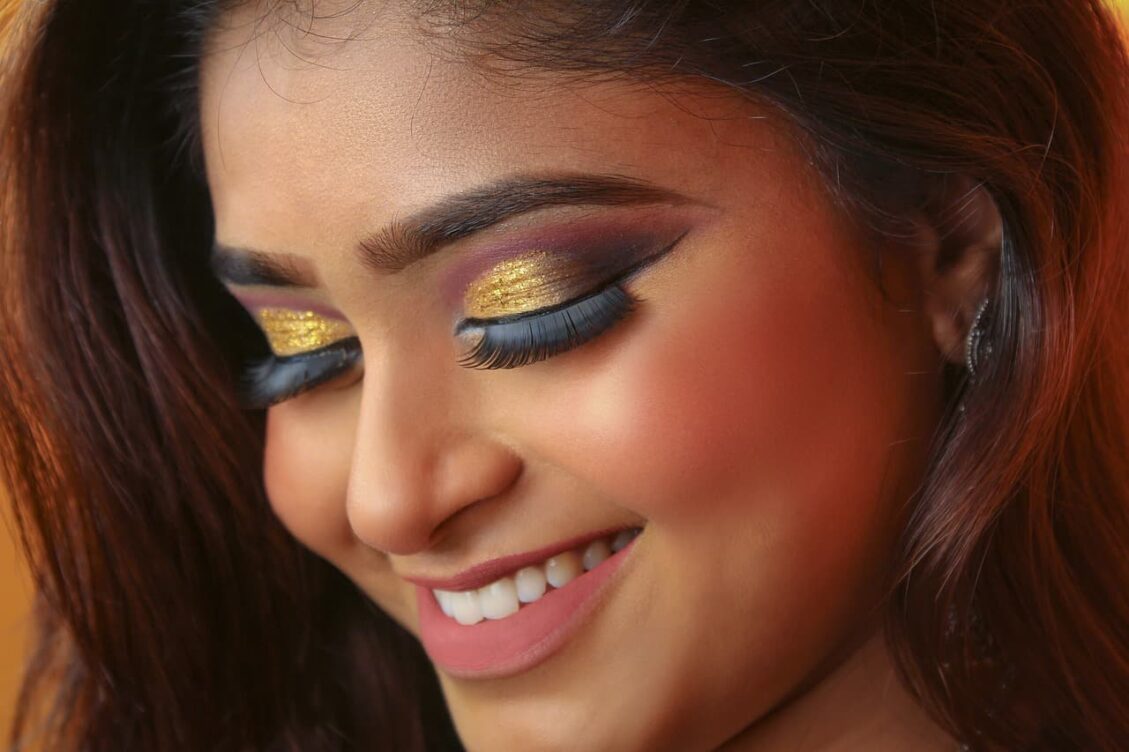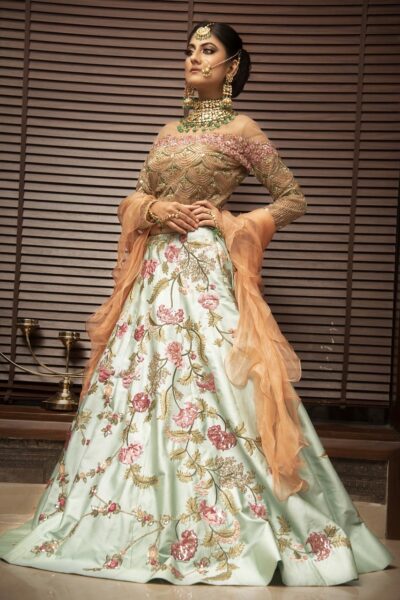Religious Perspectives on Vanity, Makeup, and Pursuing Beauty
The pursuit of beauty and the use of makeup have been subjects of moral and ethical discussions across different cultures and religions. This article delves into how various religions view these practices, focusing on Christianity, Islam, Hinduism, Buddhism, and Scientology, and their teachings regarding vanity and the desire to appear beautiful.
Christianity
In Christianity, vanity is often discussed in the context of pride and self-focus. Although vanity is never portrayed favorably in the Bible, it’s important to note that vanity is not explicitly classified as a sin in the Bible. The Bible emphasizes humility and inner beauty over physical appearance. However, this doesn’t imply a total rejection of self-care or adornment. The key lies in the intention and moderation – focusing on external beauty should not overshadow spiritual growth and inner values.
Islam
Islam acknowledges the human desire for beauty but emphasizes moderation and modesty. Makeup and adornment are allowed, particularly within the context of marriage, but should not be excessive or a means of attracting undue attention. The Islamic perspective is more about balance – taking care of one’s appearance while maintaining modesty and humility.
Hinduism
Hinduism sees beauty as a part of life and spirituality. There’s an appreciation for aesthetics, seen in the elaborate adornments of deities and the use of makeup in traditional dances and rituals. However, there’s also a teaching about the impermanence of physical beauty and the importance of focusing on spiritual growth.
Buddhism
Buddhism generally views the pursuit of physical beauty as a form of attachment, which can lead to suffering. The emphasis is on understanding the transient nature of physical appearance and not becoming overly attached to it. Buddhism encourages adherents to seek beauty in ethical conduct and spiritual development rather than in physical appearance.
Scientology
Scientology doesn’t have specific teachings on makeup or physical beauty. Its focus is more on the spiritual self and personal growth. However, the religion acknowledges the role of self-image in personal confidence and well-being, suggesting a more neutral stance on the use of makeup or efforts to look attractive.
Impact of Religious Views on Vanity All Over the World
The influence of religious views on vanity, makeup, and the pursuit of beauty permeates societies worldwide, shaping cultural norms, personal identities, and global beauty standards. These impacts can be seen in everyday life, from fashion choices to social media trends, and even in broader societal attitudes towards physical appearance and self-expression.

Cultural Norms and Personal Identity
Religious teachings often serve as a moral compass, guiding followers on what is considered acceptable or desirable in terms of physical appearance. For instance, in many Christian-dominated societies, the biblical emphasis on modesty and humility has historically shaped a more conservative approach to makeup and adornment. Conversely, in Hindu-dominated regions, the cultural celebration of beauty and adornment in religious rituals and festivals has fostered an environment where vibrant and elaborate personal aesthetics are not just accepted but celebrated.
Global Beauty Standards
The global beauty industry, influenced by diverse religious and cultural backgrounds, showcases a wide array of standards and ideals. Islamic teachings on modesty, for example, have given rise to a growing market for halal cosmetics and modest fashion, which cater to Muslims who wish to follow their religious guidelines while expressing their personal style. Similarly, Buddhist teachings on non-attachment and the transient nature of beauty can be seen influencing minimalist and natural beauty trends.
Social Media and Representation
Social media has become a pivotal platform for showcasing diverse beauty standards influenced by religious beliefs. From modest fashion bloggers in the Islamic world to Christian influencers promoting natural beauty and modesty, these platforms allow for a broader representation of religiously-influenced beauty ideals. This diversity challenges the traditional, often Western-centric beauty standards, promoting a more inclusive understanding of beauty.
Challenges and Opportunities
One major challenge lies in navigating the fine line between respecting religious teachings and promoting a healthy, positive self-image. In some contexts, strict interpretations of religious texts can lead to negative body image issues and can even contribute to mental health problems like anxiety and depression. On the other hand, these teachings offer the opportunity to promote a more holistic, inclusive view of beauty that values inner virtues and personal identity over superficial appearance.
Another challenge is the potential conflict between traditional religious views and contemporary societal trends, especially as younger generations may grapple with balancing their religious heritage with modern concepts of beauty and self-expression. This conflict presents an opportunity for intergenerational dialogue and a re-examination of traditional views in the light of contemporary understanding.
Conclusion
Religious perspectives on vanity, makeup, and the pursuit of beauty offer a fascinating insight into how different belief systems reconcile the human inclination for aesthetic enhancement with spiritual and ethical principles. While the approaches vary, the underlying message across these religions is the importance of inner virtues and the transient nature of physical beauty.
This article provides an overview and is not exhaustive. Each religion’s stance on beauty and adornment is nuanced and can vary among different sects and interpretations. It’s important to approach these topics with an open mind and understanding of the cultural and religious contexts involved.
